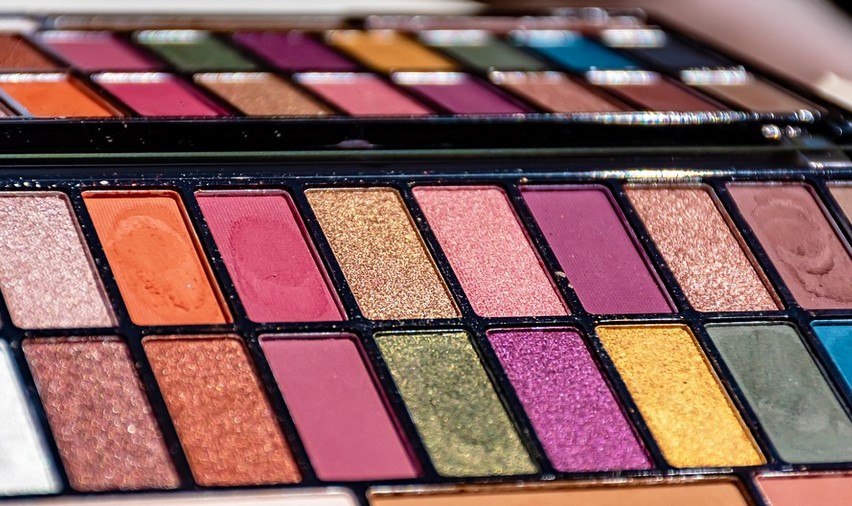Introduction to Artist’s Chalk
Artist’s chalk is a popular medium used by artists and art enthusiasts alike. It is a versatile tool that can be used for drawing, sketching, shading, and highlighting. But have you ever wondered what artist’s chalk is made of? In this article, we will explore the composition of artist’s chalk and its binding agent.
What is Artist’s Chalk Made Of?
Artist’s chalk is a type of soft pastel made from a combination of powdered calcium carbonate, also known as limestone or chalk, and a binder. The calcium carbonate is what gives the chalk its characteristic softness and powdery texture, while the binder helps it adhere to various surfaces.
The Role of Calcium Carbonate in Artist’s Chalk
Calcium carbonate is the primary ingredient in artist’s chalk. It is a naturally occurring mineral that is commonly found in rocks and shells. The calcium carbonate used in artist’s chalk is finely ground to create a soft, powdery texture that is easy to work with.
The Importance of the Binder
The binder used in artist’s chalk helps the chalk adhere to paper or other surfaces. Without a binder, the chalk would simply crumble and fall off the surface. The most common binder used in artist’s chalk is gum arabic, which is a natural adhesive made from the sap of the acacia tree.
Other Materials Used in Artist’s Chalk
In addition to calcium carbonate and a binder, artist’s chalk may also contain other materials to enhance its performance. For example, some types of chalk may include pigments to create different colors. Others may include additives to improve the chalk’s durability or texture.
Types of Artist’s Chalk
There are two main types of artist’s chalk: soft and hard. Soft chalk is made with a higher proportion of calcium carbonate, which makes it easier to blend and smudge. Hard chalk, on the other hand, contains less calcium carbonate and more binder, which makes it harder and more durable.
Uses of Artist’s Chalk
Artist’s chalk can be used for a variety of purposes, from drawing and sketching to shading and highlighting. It is a popular medium for artists who want to create soft, subtle effects in their work. It can also be used for creating large, bold strokes or for blending colors together.
Advantages of Using Artist’s Chalk
One of the main advantages of using artist’s chalk is its versatility. It can be used on a wide range of surfaces, including paper, canvas, and even wood. It is also easy to blend and smudge, which makes it ideal for creating soft, subtle effects.
Disadvantages of Using Artist’s Chalk
One of the main disadvantages of using artist’s chalk is its tendency to smudge and smear. This can make it difficult to create precise, clean lines. It can also be messy to work with, as the powder can get on your hands and clothes.
Conclusion
In conclusion, artist’s chalk is a versatile and popular medium used by artists and art enthusiasts alike. Its composition of powdered calcium carbonate and a binder makes it easy to work with and adhere to various surfaces. Whether you are a beginner or an experienced artist, artist’s chalk can help you create beautiful works of art.

